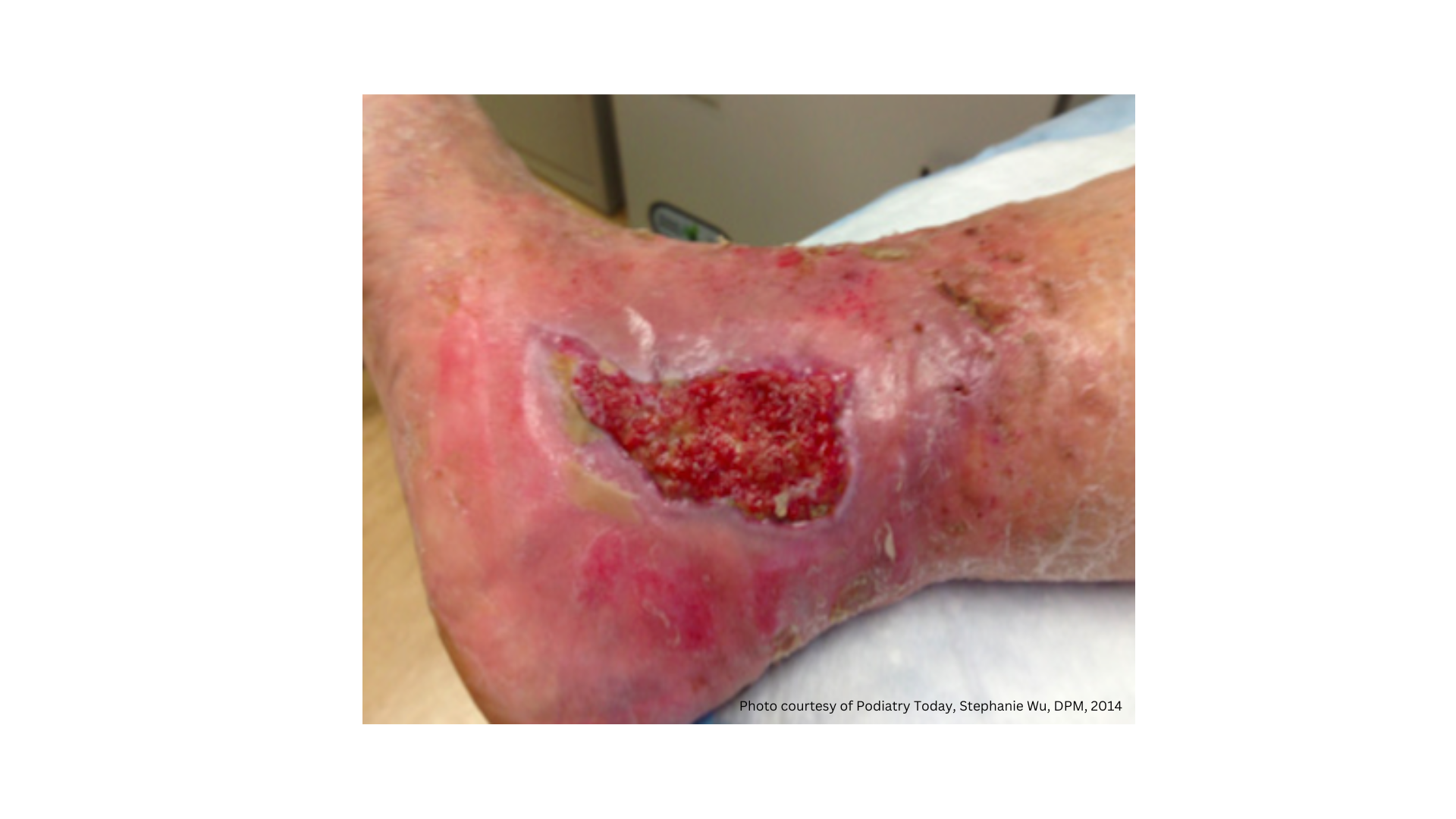Can Low Dose Naltrexone Help Heal Certain Wounds?
September 3, 2014
By Aletha Tippett MD
Naltrexone is an opioid antagonist originally approved by the FDA in the early 1980s for the treatment of heroin addiction. The high dose of 50mg was used, but caused people to become too sick with withdrawal effects, thus falling out of use as few people would take it. What has since been developed in 1986 is low dose naltrexone (LDN), in the 1.5 to 4.5mg range. This low dose has demonstrated some benefit in helping with autoimmune disease. There have been few published studies of limited research showing remarkable results with multiple sclerosis, scleroderma, Crohn's, HIV, fibromyalgia and Parkinson's disease.
Low Dose Naltrexone's Proposed Mechanism of Action
Low dose naltrexone causes blockage of one's opioid receptors for a few hours (compared to the full day blockade of the 50mg). These opioid receptors are the same ones that receive beta endorphins and metenkephalin. In theory, because of the blockade, the body responds by doubling or tripling its output of endorphins and metenkephalins. Once the brief blockade has ended, these higher levels act to strengthen the immune system, increasing levels of beneficial natural killer cells and CD4+ cells. This is the proposed mechanism of action of LDN. There has been no research to support this, however.
The Potential Use of Low Dose Naltrexone in Treating Pyoderma Gangrenosum
Given that pyoderma gangrenosum is an autoimmune wound, this begs the question of whether LDN might be beneficial in treatment of this malady. Given the absence of toxicity or side effects, it is an easy medication to try. One patient I currently am treating for pyoderma gangrenosum has her pyoderma because of underlying scleroderma. We embarked on treatment with LDN. The first dose met with disaster because the patient became very ill with withdrawal symptoms since she takes oxycodone for pain.
Since that experience we have learned through discussion with the pharmacist that dosing the LDN two hours before a short acting opioid dose will not trigger withdrawal. We also examined her wound for the first time after taking the LDN and were amazed at the difference in the wound – it was now over 50% epithelium with pink granulation. It had none of the ugly pyoderma lesions we are used to seeing. Now that we know how to avoid the withdrawal, we are trying more LDN. If the one dose caused this much difference in the wound we are excited with anticipation of what the future will bring.
We have tried LDN for one of our MS patients and have seen spectacular success with improved walking, less fatigue, and stopping all other medications. We have prescribed it for another number of disease states and eagerly await results. The trial with pyoderma gangrenosum is of special interest because anything that can help this treatment is met with eager expectation. I will keep you posted.
About The Author
Aletha Tippett MD is a family medicine and wound care expert, founder and president of the Hope of Healing Foundation®, family physician, and international speaker on wound care.
The views and opinions expressed in this blog are solely those of the author, and do not represent the views of WoundSource, Kestrel Health Information, Inc., its affiliates, or subsidiary companies.
The views and opinions expressed in this content are solely those of the contributor, and do not represent the views of WoundSource, HMP Global, its affiliates, or subsidiary companies.







